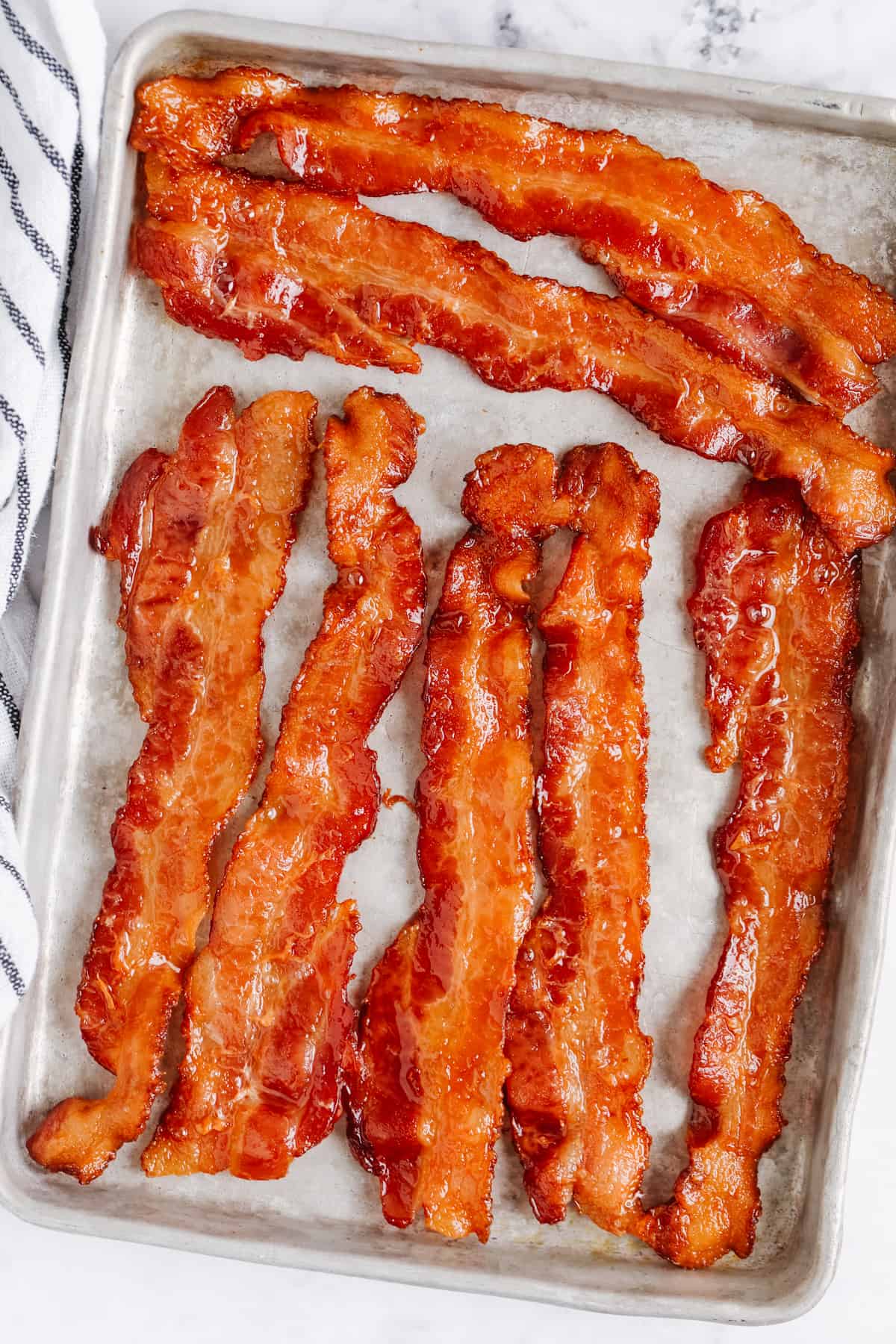

Articles
How To Store Cooked Bacon In Freezer
Modified: February 27, 2024
Learn the best methods for storing cooked bacon in the freezer with this informative article. Find out how to keep your bacon fresh and ready to use whenever you need it.
(Many of the links in this article redirect to a specific reviewed product. Your purchase of these products through affiliate links helps to generate commission for Storables.com, at no extra cost. Learn more)
Introduction
Cooked bacon is a delicious and versatile ingredient that can be used in a variety of dishes. Whether you want to save leftovers or prepare a large batch in advance, storing cooked bacon in the freezer is a great way to keep it fresh for future use. Freezing cooked bacon not only extends its shelf life but also ensures that you always have crispy and flavorful bacon whenever you need it.
In this article, we will guide you through the process of storing cooked bacon in the freezer. We will provide step-by-step instructions to help you properly prepare, pack, label, and store your cooked bacon for long-lasting freshness. Additionally, we will share some tips and tricks to ensure that your bacon remains in perfect condition even after freezing.
So, let’s dive in and learn how to store cooked bacon in the freezer to enjoy its savory goodness at any time.
Key Takeaways:
- Freezing cooked bacon extends its shelf life, providing convenience, preventing waste, and preserving quality. Proper preparation, packing, labeling, and storage ensure delicious, crispy bacon ready for any recipe.
- Thawing and reheating frozen cooked bacon is simple and ensures delicious results. Following proper storage techniques, such as portioning, labeling, and maintaining freezer conditions, allows for easy access to savory bacon whenever needed.
Read more: How To Store Bacon Grease In The Freezer
Why Store Cooked Bacon in the Freezer?
Storing cooked bacon in the freezer offers several benefits that make it a smart choice for bacon lovers. Here are a few reasons why you should consider freezing your cooked bacon:
1. Convenience: Freezing cooked bacon allows you to have it readily available whenever you need it. Whether you want to add some crispy bits to a salad, make a quick BLT sandwich, or incorporate bacon into a breakfast recipe, having pre-cooked bacon in the freezer saves you time and effort.
2. Extended Shelf Life: Cooked bacon has a shorter shelf life compared to raw bacon. By freezing it, you can significantly extend its lifespan. Properly stored cooked bacon can stay good for up to three months, allowing you to enjoy the smoky and savory flavor of bacon even if you don’t use it frequently.
3. Avoiding Waste: If you find yourself with excess cooked bacon that you won’t be able to consume before it spoils, freezing is an excellent solution. By freezing your leftovers, you can prevent them from going to waste and save money in the process.
4. Meal Planning: Storing cooked bacon in the freezer enables you to plan your meals in advance. You can cook a large batch of bacon and divide it into individual portions, making it easier to incorporate into various recipes throughout the week. This can streamline your meal preparation and allow for more efficient cooking.
5. Preserving Quality: When stored correctly, frozen cooked bacon retains its taste, texture, and aroma. Proper freezing techniques help maintain its crispiness and prevent it from becoming soggy or losing flavor. By following the right steps, you can ensure that your bacon stays as delicious as the day it was cooked.
Now that we understand the benefits of freezing cooked bacon, let’s move on to the step-by-step process of how to store it in the freezer properly.
Step 1: Preparation
Before you start storing cooked bacon in the freezer, it is important to properly prepare it to ensure maximum freshness and flavor. Here’s what you need to do:
1. Cook the bacon: Start by cooking your bacon to your desired level of crispiness. You can cook it in a skillet on the stovetop, bake it in the oven, or even use a microwave. Make sure to cook the bacon evenly without burning it.
2. Drain excess fat: Once the bacon is cooked, place it on a plate lined with paper towels or a wire rack to allow any excess fat to drain off. This step is crucial as it helps remove the excess grease, preventing the bacon from becoming overly greasy and soggy during storage.
3. Let it cool: Allow the cooked bacon to cool completely at room temperature. This step is important to prevent steam from forming inside the storage container, which can lead to freezer burn.
4. Clean your storage containers: Make sure your storage containers, such as zip-top freezer bags or airtight containers, are clean and dry. You can use glass or plastic containers with tight-fitting lids to store your bacon. Cleaning the containers beforehand helps ensure that no contaminants or odors are transferred to the bacon during storage.
5. Prepare your labeling materials: Gather materials like freezer-safe labels, permanent markers, and date labels. These will be used later to properly label and date your bacon packages, making it easier to identify and track their freshness.
By following these preparation steps, you are setting yourself up for successful bacon storage and ensuring that your cooked bacon remains in excellent condition throughout its time in the freezer. Now that the preparation is complete, it’s time to move on to the next step: cooling the bacon.
Step 2: Cooling the Bacon
Properly cooling the cooked bacon before packing it for freezer storage is essential to maintain its texture and quality. Follow these steps to ensure the bacon cools down effectively:
1. Use a paper towel: Place a layer of paper towels on a clean plate or tray. This will help absorb any remaining grease or moisture from the bacon as it cools.
2. Transfer the bacon: Carefully transfer the cooked bacon from the cooking surface to the paper towel-lined plate or tray. Arrange the bacon slices in a single layer, making sure they don’t overlap.
3. Let it cool naturally: Allow the bacon to cool at room temperature for about 10-15 minutes. This time frame allows the bacon to firm up and cool down without losing too much heat. Avoid rushing this step by placing the bacon in the refrigerator, as the temperature drop can result in moisture buildup.
4. Blot excess grease: Once the bacon has cooled down, gently blot any remaining grease or moisture on the surface using another layer of paper towels. This step helps remove any excess oil, which can negatively affect the texture and taste of the bacon during freezer storage.
5. Cut into desired sizes (optional): If you prefer smaller portions, you can now cut the bacon into the desired sizes. This step is particularly useful if you plan to use the bacon for specific recipes or just prefer smaller, more manageable pieces.
By following these cooling steps, you allow the bacon to reach a consistent temperature and remove any excess grease, ensuring that it freezes without clumping together. Now that the bacon is cooled and ready, let’s move on to the next step: packing the bacon for freezer storage.
Step 3: Packing the Bacon
Properly packing the cooled bacon is essential to protect it from freezer burn and maintain its quality during storage. Follow these steps to pack your bacon for freezer storage:
1. Select your storage containers: Choose freezer-safe containers such as zip-top freezer bags, airtight plastic containers, or vacuum-sealed bags. Ensure that the containers are clean and dry before use.
2. Portion the bacon: Divide the cooled bacon into manageable portions based on your needs and preferences. Portioning the bacon ensures that you only thaw and use what you need, preventing unnecessary waste.
3. Place the bacon in the containers: For zip-top bags, carefully place the bacon portions in a single layer, removing as much air as possible before sealing. If you’re using airtight containers, stack the bacon slices, separating each layer with parchment paper or freezer-safe plastic wrap.
4. Seal the containers: Seal the zip-top bags securely, removing any excess air. If using airtight containers, ensure that the lids are tightly sealed to prevent air and moisture from entering.
5. Label the packages: Use freezer-safe labels or masking tape to mark the bacon packages with the date of freezing. This information will help you keep track of the freshness and rotation of the bacon in the freezer.
6. Optional vacuum sealing: If you have a vacuum sealer, consider vacuum sealing the bacon packages for added protection against freezer burn. This technique removes air and creates a tight seal around the bacon, preserving its texture and flavor.
By following these packing steps, you ensure that your bacon is properly sealed and protected from air exposure, keeping it in optimal condition throughout its time in the freezer. Now that your bacon is packed and ready for storage, let’s move on to the next step: labeling and storing the bacon.
To store cooked bacon in the freezer, place it in a single layer on a baking sheet and freeze until solid. Then transfer the bacon to a freezer-safe container or resealable bag, removing as much air as possible before sealing. This will help prevent the bacon from sticking together and make it easier to grab individual slices when needed.
Read more: How To Cook Bacon In Electric Skillet
Step 4: Labeling and Storing
Properly labeling and storing your packaged bacon is crucial for easy identification and maintaining its quality in the freezer. Follow these steps to label and store your bacon:
1. Label the packages: Take a permanent marker and label each bacon package with the date of freezing. This step helps you keep track of the storage duration and ensures that you use the oldest bacon first.
2. Organize in the freezer: Clear a space in your freezer to accommodate the bacon packages. Place the labeled packages in an organized manner, so they are easily accessible.
3. Keep away from other strong odors: Ensure that the bacon packages are stored away from strong-smelling foods in the freezer. This prevents the bacon from absorbing any unwanted odors that could alter its taste and aroma.
4. Store at the optimal temperature: Set your freezer temperature to 0°F (-18°C) or lower to maintain the quality of the bacon. Freezing at the correct temperature helps preserve the flavor, texture, and overall integrity of the bacon.
5. Avoid frequent temperature fluctuations: Try to minimize the frequency of opening and closing the freezer door to prevent temperature fluctuations. This helps maintain a consistent freezing environment for the bacon.
6. FIFO method: For efficient storage management, follow the “first in, first out” (FIFO) principle. This means using the oldest bacon packages first before moving on to the newer ones. Arrange the packages accordingly to ensure proper rotation.
By following these labeling and storing steps, you can easily locate your bacon in the freezer and maintain its quality throughout its storage period. Now that your bacon is properly labeled and stored, let’s move on to the final step: thawing and reheating the bacon.
Step 5: Thawing and Reheating
Thawing and reheating frozen cooked bacon is a straightforward process that ensures the bacon remains delicious and safe to consume. Follow these steps to thaw and reheat your frozen cooked bacon:
1. Thawing in the refrigerator: The safest method to thaw frozen cooked bacon is by transferring it from the freezer to the refrigerator. Place the packaged bacon in the refrigerator and allow it to thaw gradually overnight or for several hours. Thawing in the refrigerator maintains the bacon’s quality and reduces the risk of bacterial growth.
2. Thawing in cold water (if needed quickly): If you need to thaw the bacon more quickly, you can use the cold water thawing method. Place the sealed bacon package in a leak-proof plastic bag. Submerge the bag in cold water, changing the water every 30 minutes. It usually takes about 30 minutes to thaw one pound of bacon using this method.
3. Reheating: Once the bacon is thawed, it’s time to reheat it. There are a few methods you can use:
- Skillet: Heat a skillet over medium heat and place the bacon slices in a single layer. Cook for a few minutes, turning occasionally, until the bacon is heated through and crispy.
- Oven: Preheat your oven to 375°F (190°C). Place the bacon on a baking sheet lined with parchment paper and heat for about 5-8 minutes or until crispy.
- Microwave: Place the bacon on a microwave-safe plate lined with a paper towel. Heat in the microwave for 30-second intervals until heated through. Keep a close eye on it to prevent overheating.
Note: Remember that cooked bacon is already cooked and only needs to be reheated until crispy. Avoid overcooking, as it can make the bacon dry and chewy.
By following these thawing and reheating steps, you can enjoy the deliciousness of your cooked bacon conveniently. Now that your bacon is thawed and reheated, it’s time to serve and enjoy!
Tips for Proper Bacon Storage
To ensure the best results when storing bacon in the freezer, here are some additional tips to keep in mind:
1. Choose quality bacon: Start with high-quality bacon that is fresh and properly packaged. This will help maintain its flavor and texture during storage.
2. Remove air from the packaging: When using zip-top bags, squeeze out as much air as possible before sealing. This minimizes the risk of freezer burn and preserves the bacon’s quality.
3. Use proper insulation: If using freezer bags, consider double-bagging or wrapping the bacon packages in aluminum foil to provide extra insulation. This offers an additional layer of protection against freezer burn.
4. Don’t stack packages: Avoid stacking multiple bacon packages on top of each other. This can result in uneven freezing and make it challenging to remove and thaw individual portions.
5. Keep it in smaller portions: Divide the bacon into smaller portions before freezing. This allows you to thaw only what you need, reducing waste and ensuring freshness.
6. Don’t refreeze thawed bacon: Once you’ve thawed bacon, do not refreeze it. This can compromise its taste, texture, and safety. Only freeze bacon that has not been thawed previously.
7. Label with additional details: In addition to the date, label the bacon packages with any additional details you find helpful, such as the number of slices or the recipe you primarily use it for. This makes it easier to plan meals and use the bacon efficiently.
8. Store in a dedicated freezer space: Dedicate a specific area in your freezer for storing bacon. This helps you locate it quickly and prevents it from getting lost or pushed to the back where it may be forgotten.
9. Use a marker designed for freezing: Ensure the permanent marker you use to label the packages is specifically designed for freezer use. This prevents the ink from smudging or fading over time.
10. Keep an inventory: Maintain a list or inventory of the bacon packages in your freezer. Update it regularly to keep track of what you have and when it needs to be used.
By following these tips, you can maximize the quality and lifespan of your stored bacon, ensuring that it remains delicious and ready for whenever you want to enjoy it.
Conclusion
Storing cooked bacon in the freezer is a fantastic way to preserve its flavor, extend its shelf life, and enjoy the convenience of having it readily available. By following the steps outlined in this article, you can ensure that your cooked bacon stays fresh, crispy, and full of savory goodness. From preparation and cooling to packing, labeling, and storing, each step plays a vital role in maintaining the quality of your bacon.
Remember to cool the cooked bacon properly, eliminating excess grease and allowing it to reach room temperature before packing it into freezer-safe containers. Label the packages with the date of freezing and store them in a designated area of your freezer. Thaw the bacon in the refrigerator or using the cold water method before reheating it to perfection.
Additionally, keep in mind the tips for optimal bacon storage, such as choosing high-quality bacon, removing air from the packaging, and using proper insulation to prevent freezer burn. Portioning the bacon into smaller sizes and keeping an inventory of your freezer stock can help you make the most of your stored bacon without waste.
By following these guidelines, you can enjoy the convenience, taste, and versatility of cooked bacon whenever you desire, without worrying about its freshness or quality. Whether you use it in sandwiches, salads, or as an accompaniment to your favorite breakfast dishes, having stored bacon in the freezer ensures that this beloved ingredient is always within reach.
So, go ahead and cook up a batch of crispy bacon, store it in your freezer using the techniques outlined in this article, and enjoy the convenience of having tasty bacon at your fingertips whenever you need it.
Frequently Asked Questions about How To Store Cooked Bacon In Freezer
Was this page helpful?
At Storables.com, we guarantee accurate and reliable information. Our content, validated by Expert Board Contributors, is crafted following stringent Editorial Policies. We're committed to providing you with well-researched, expert-backed insights for all your informational needs.
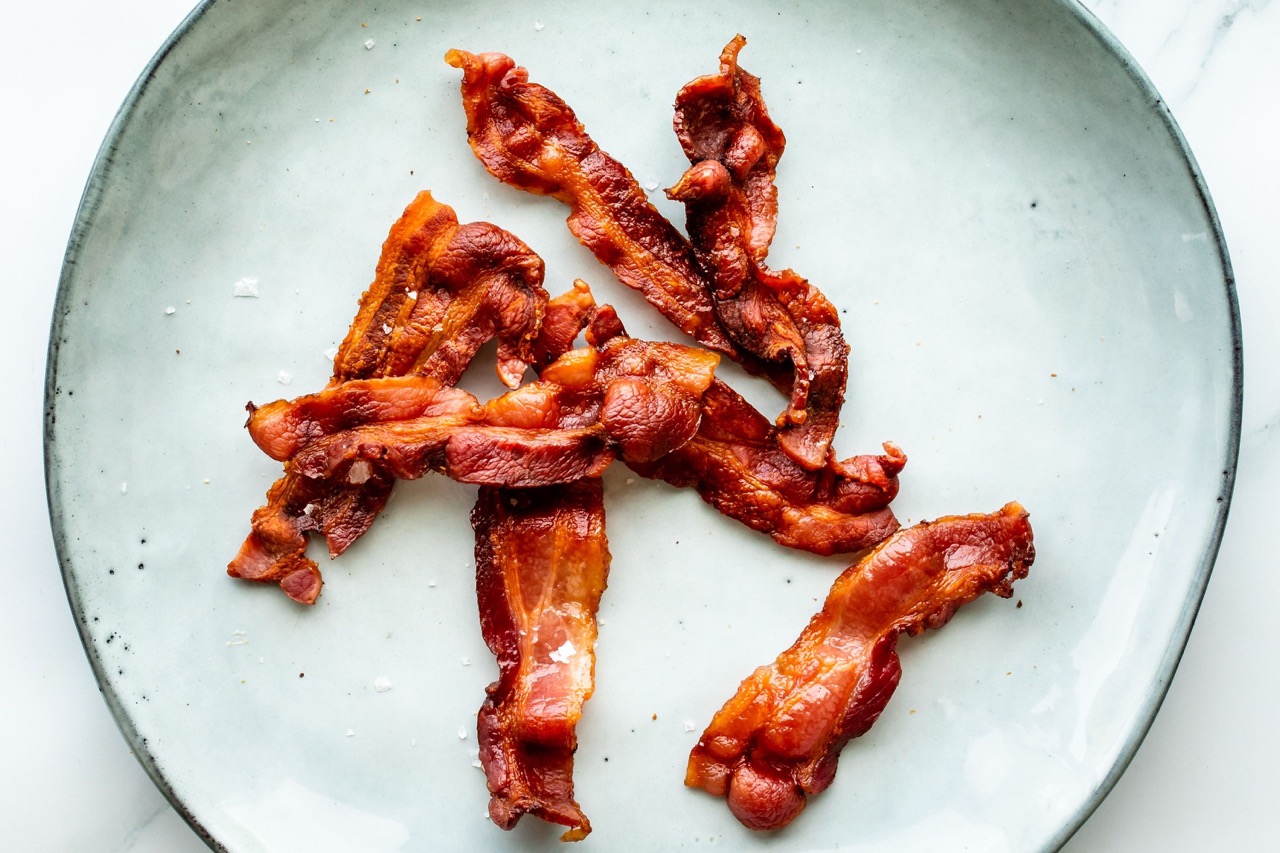
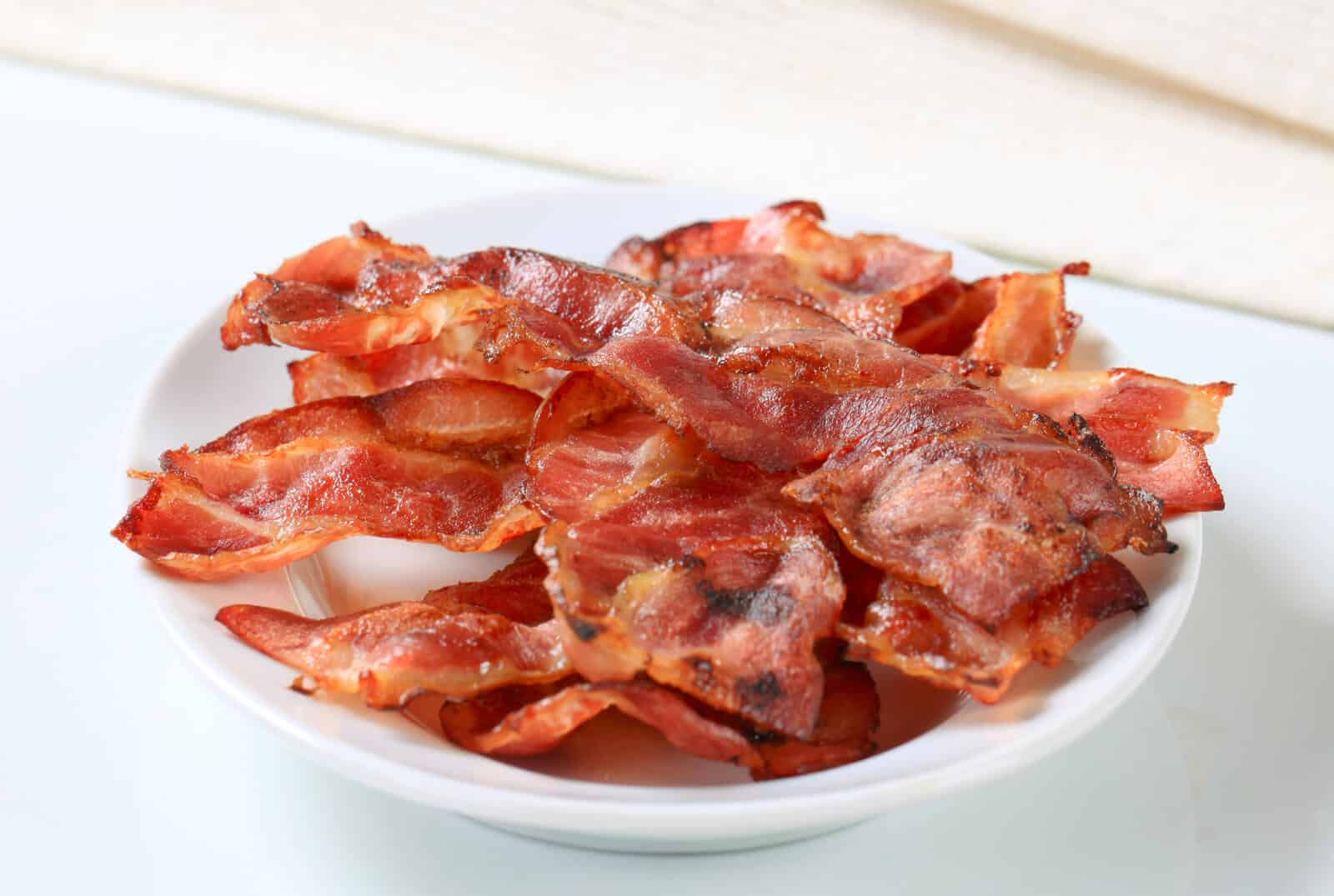
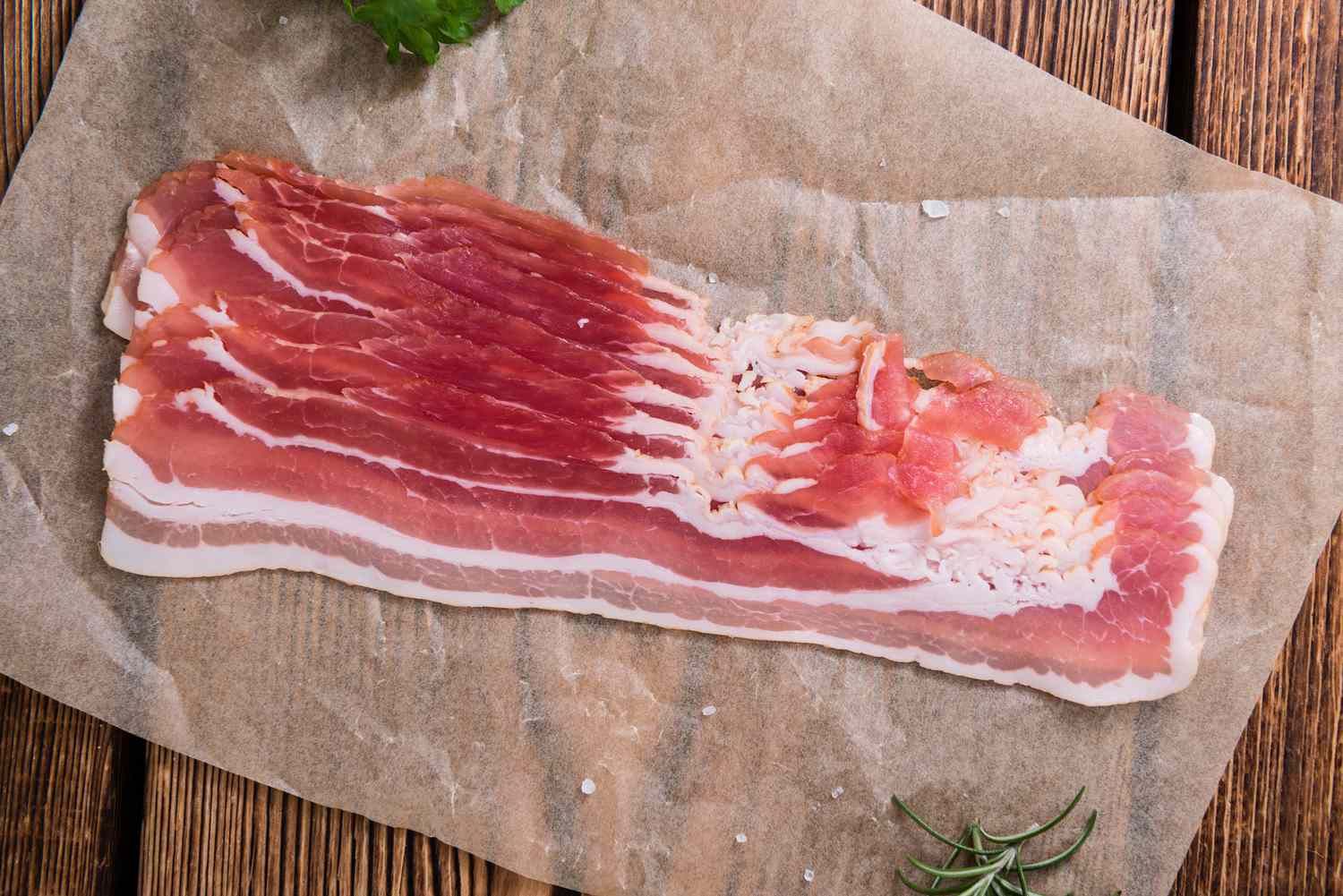
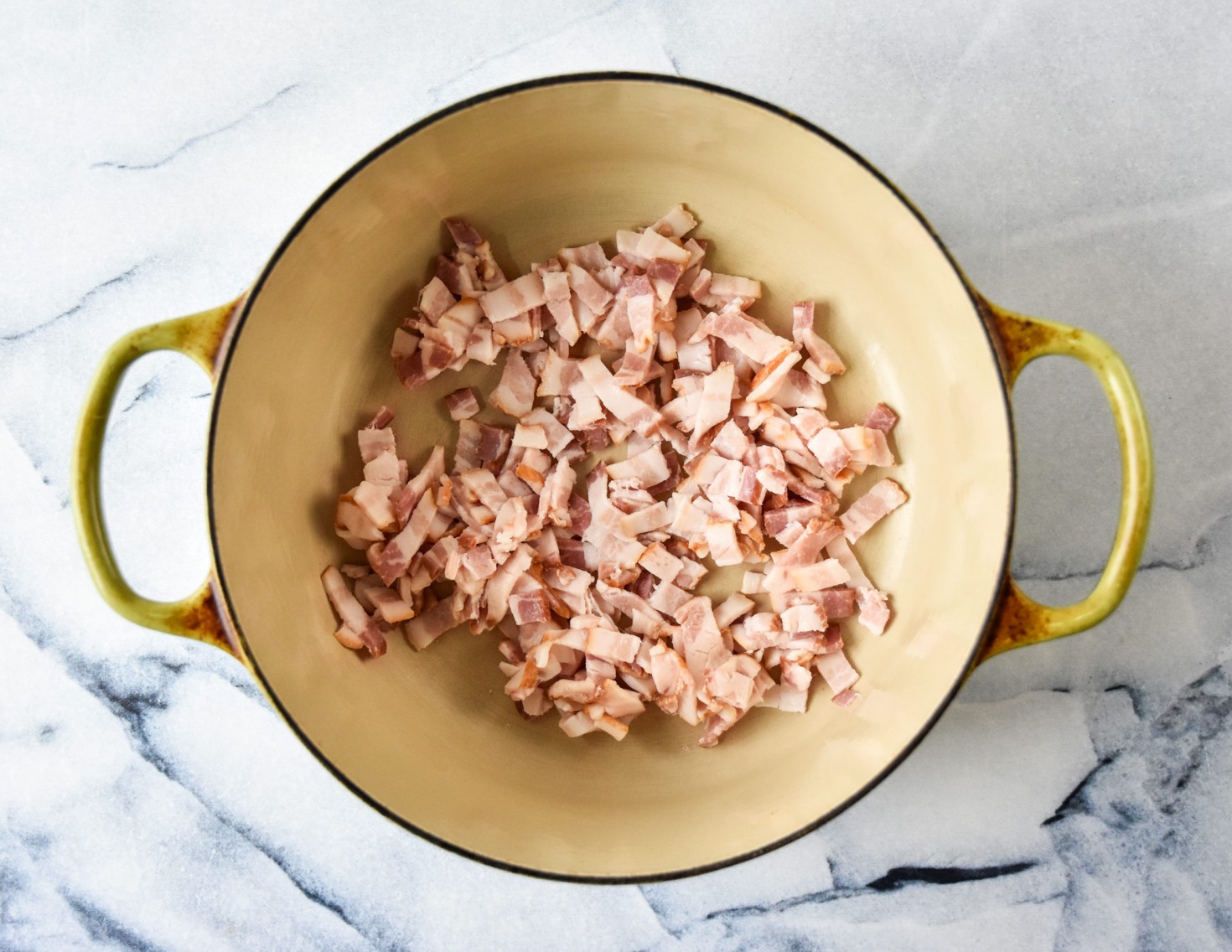
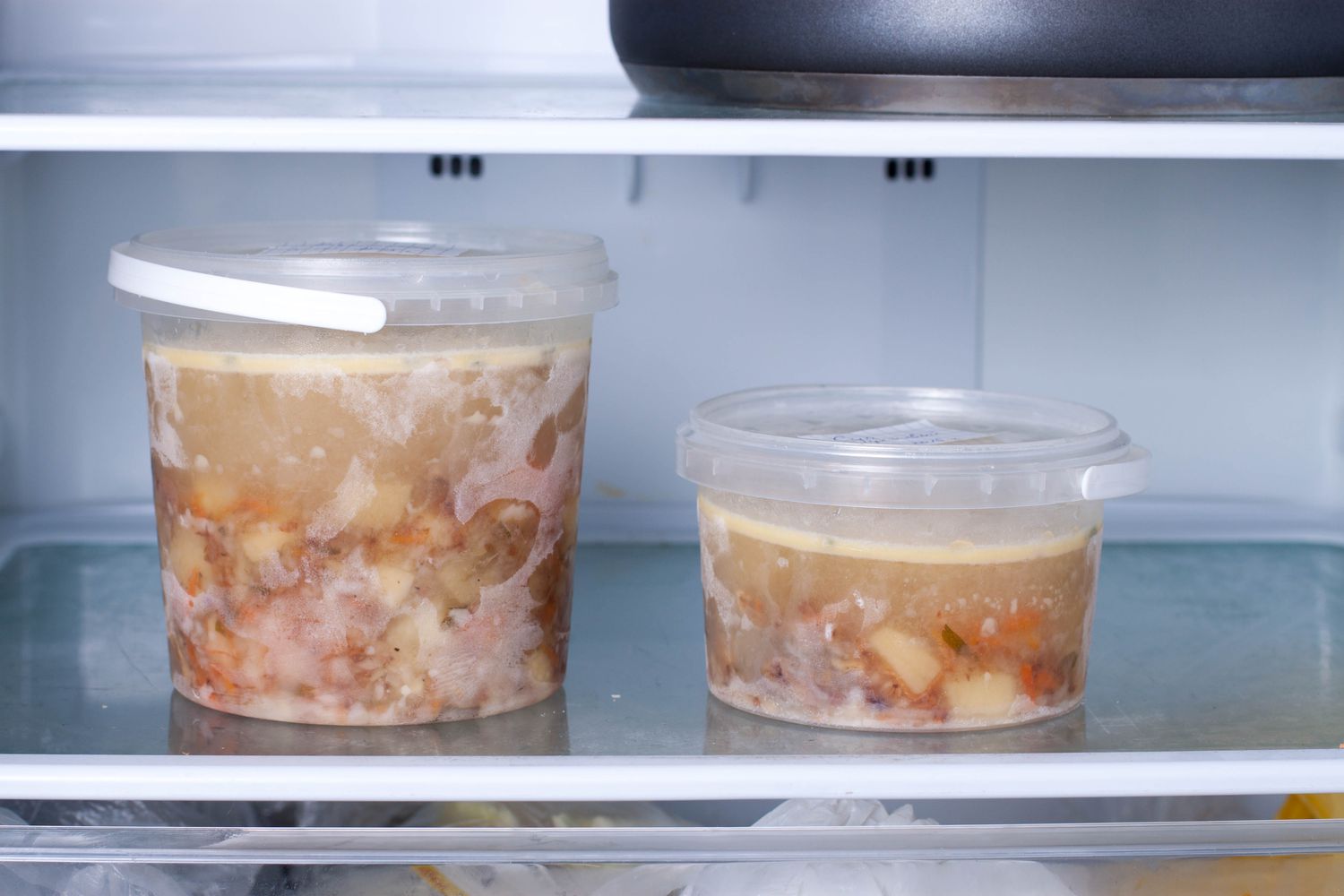
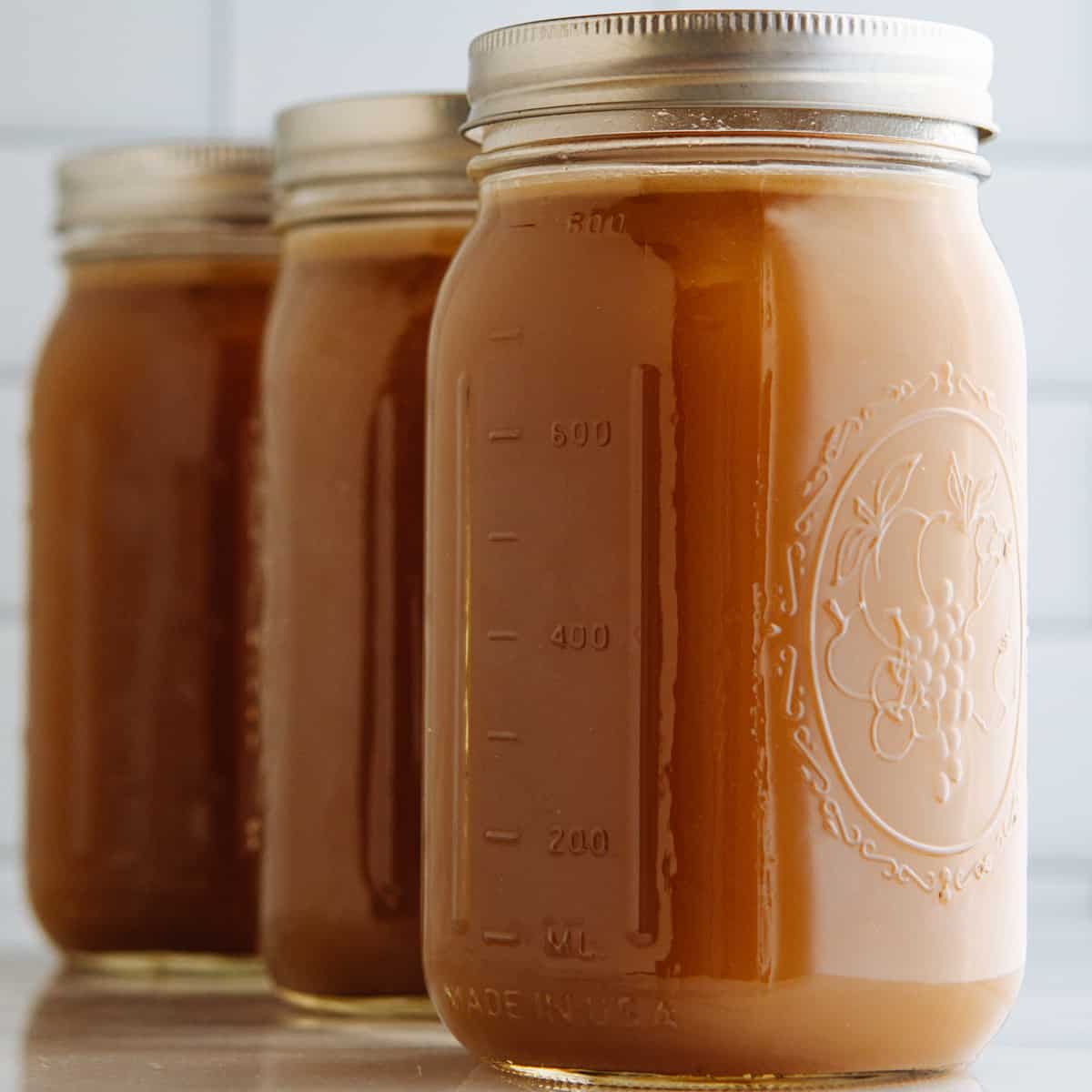
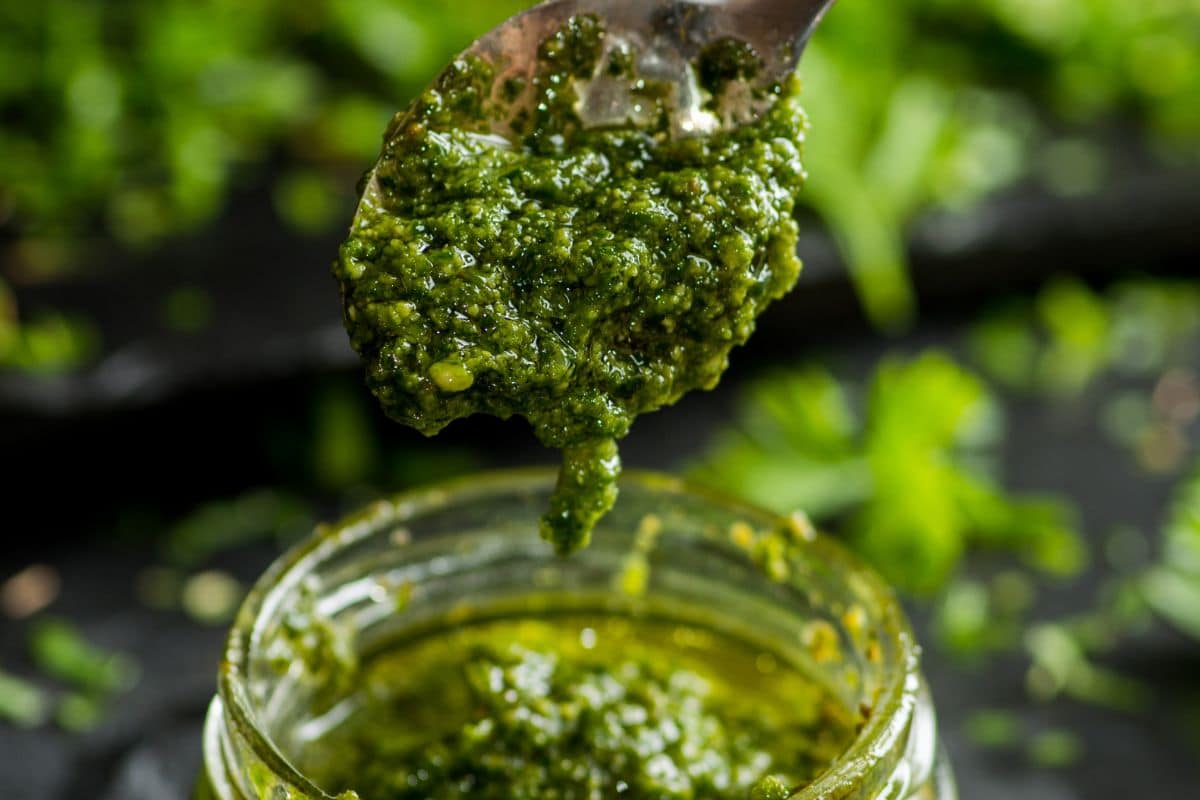
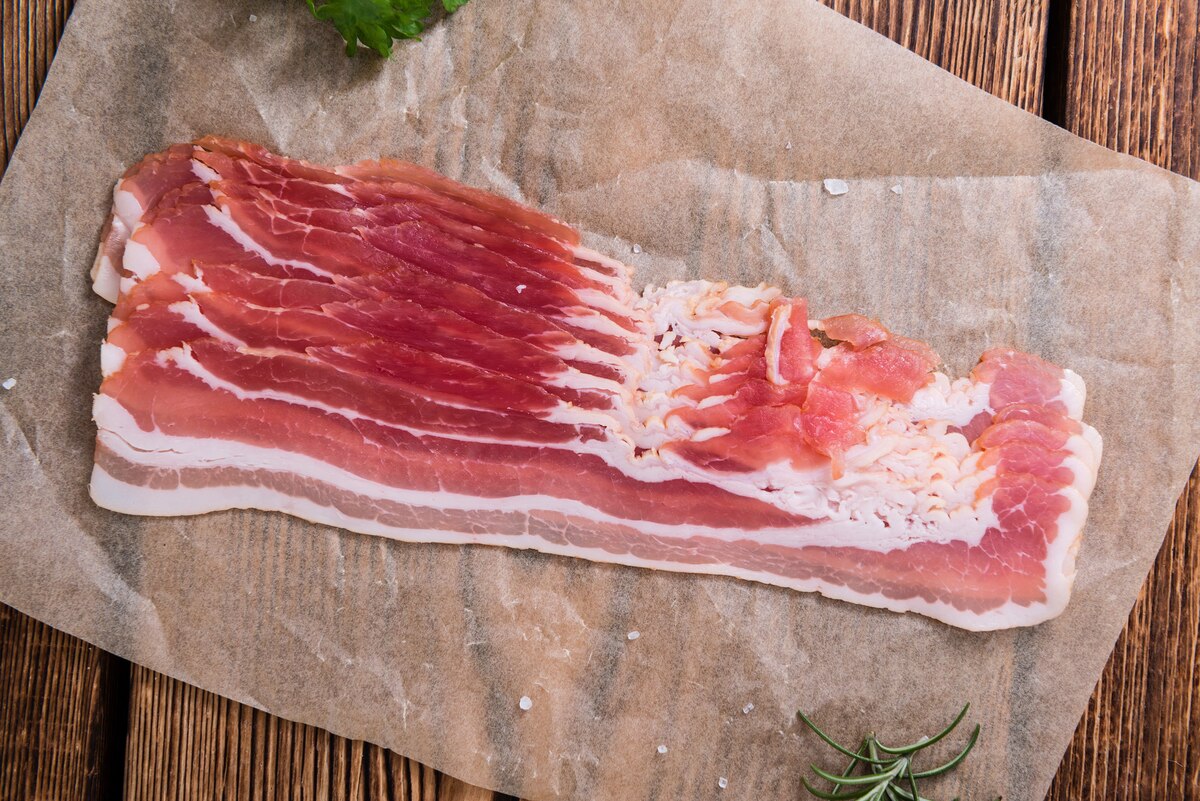
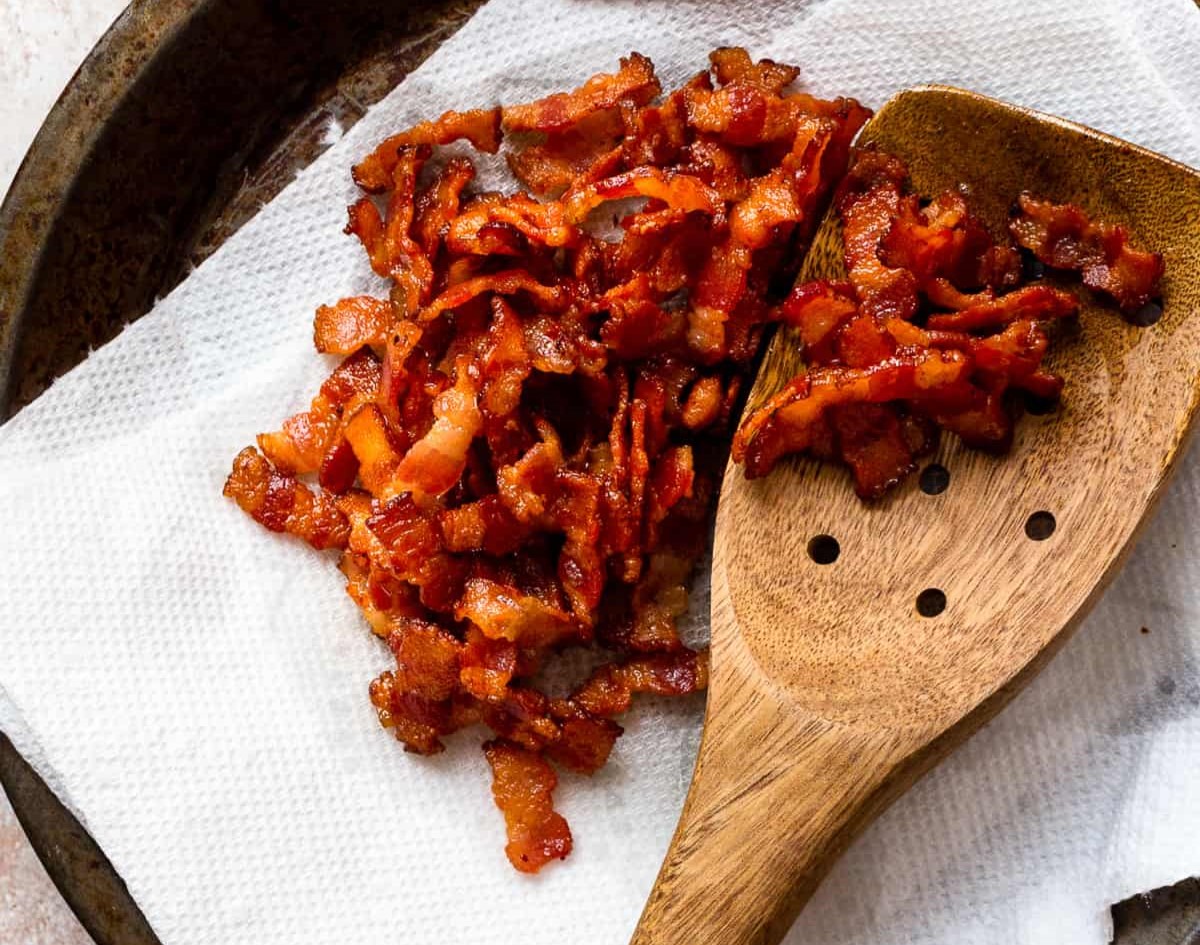
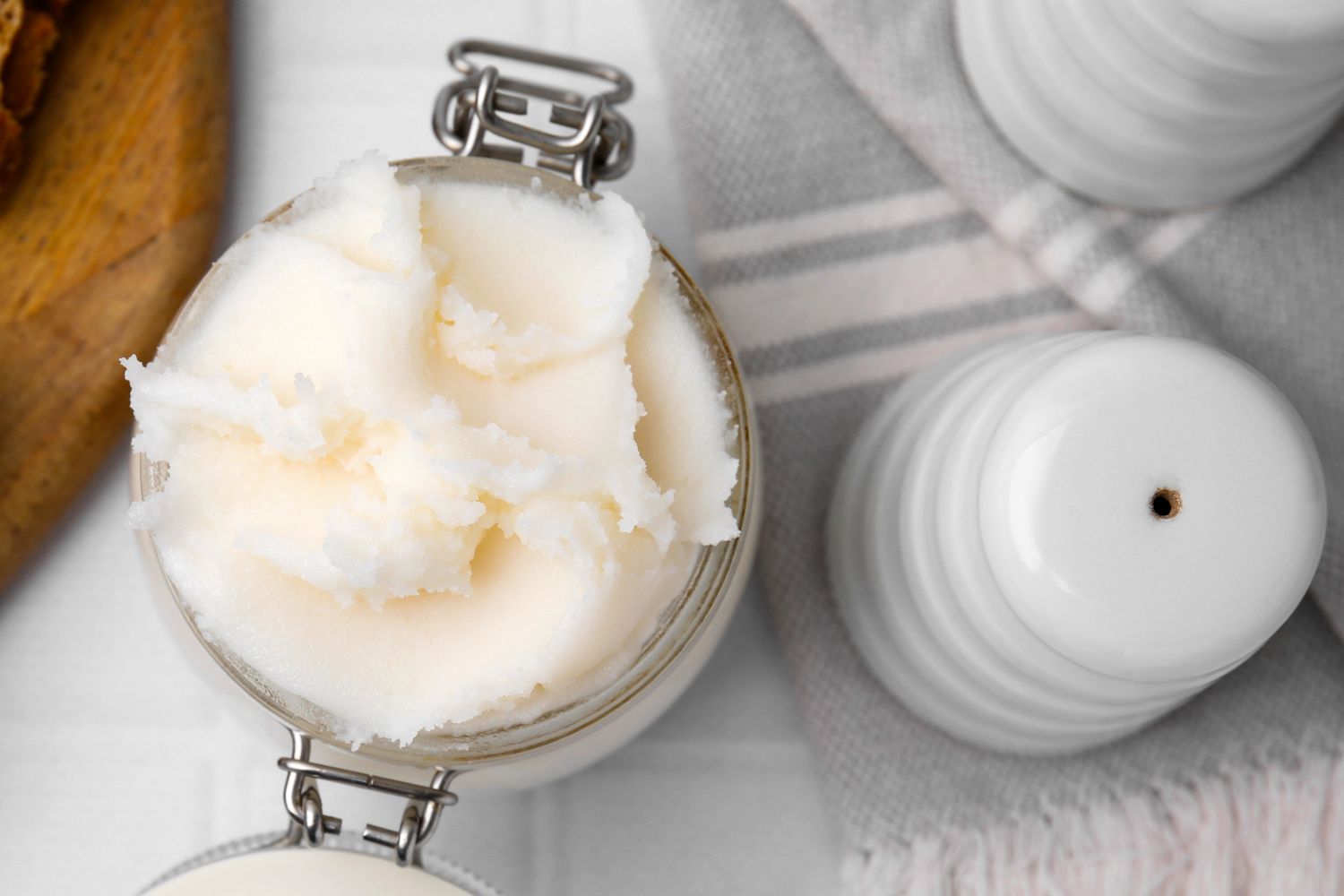
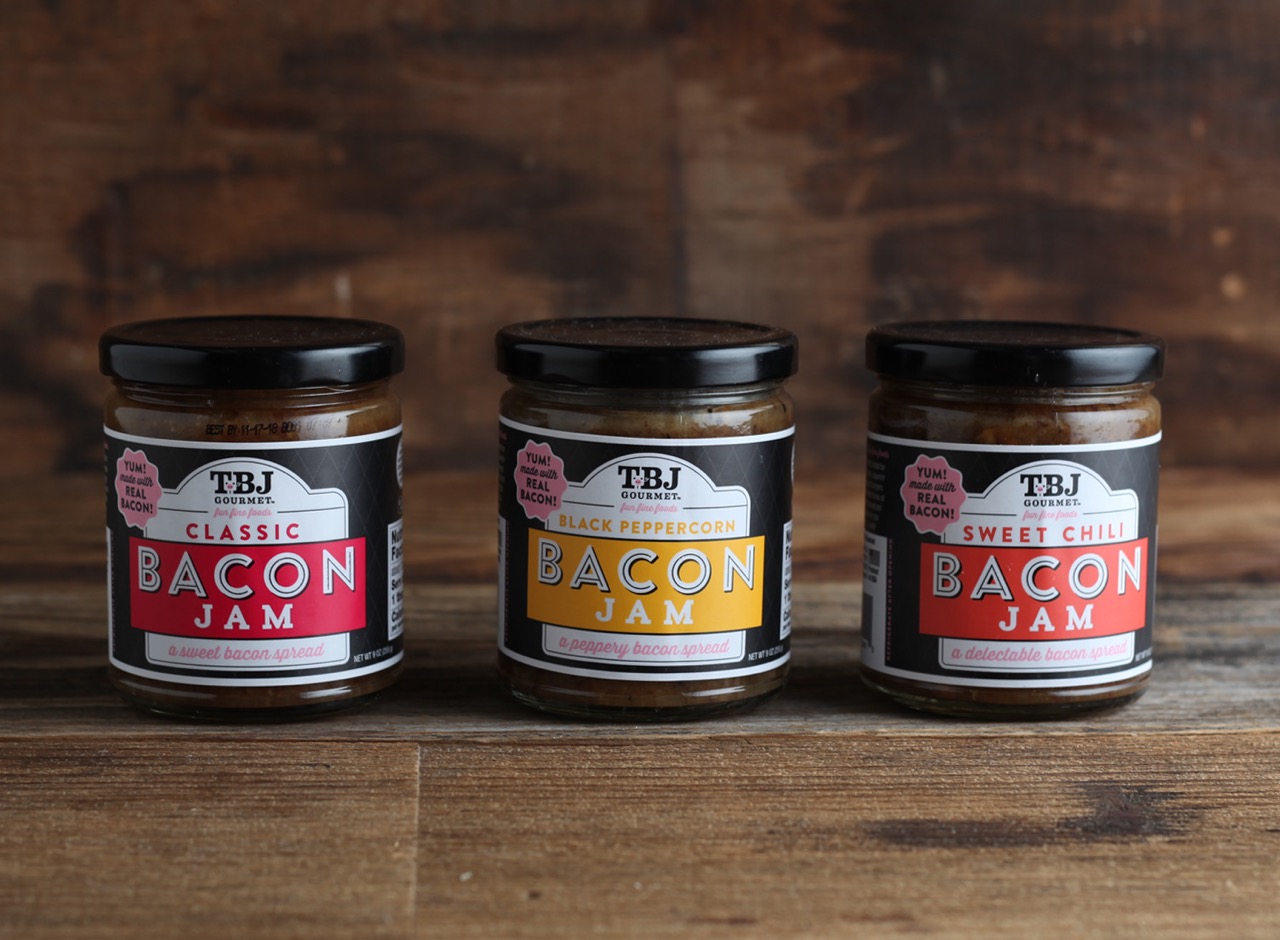

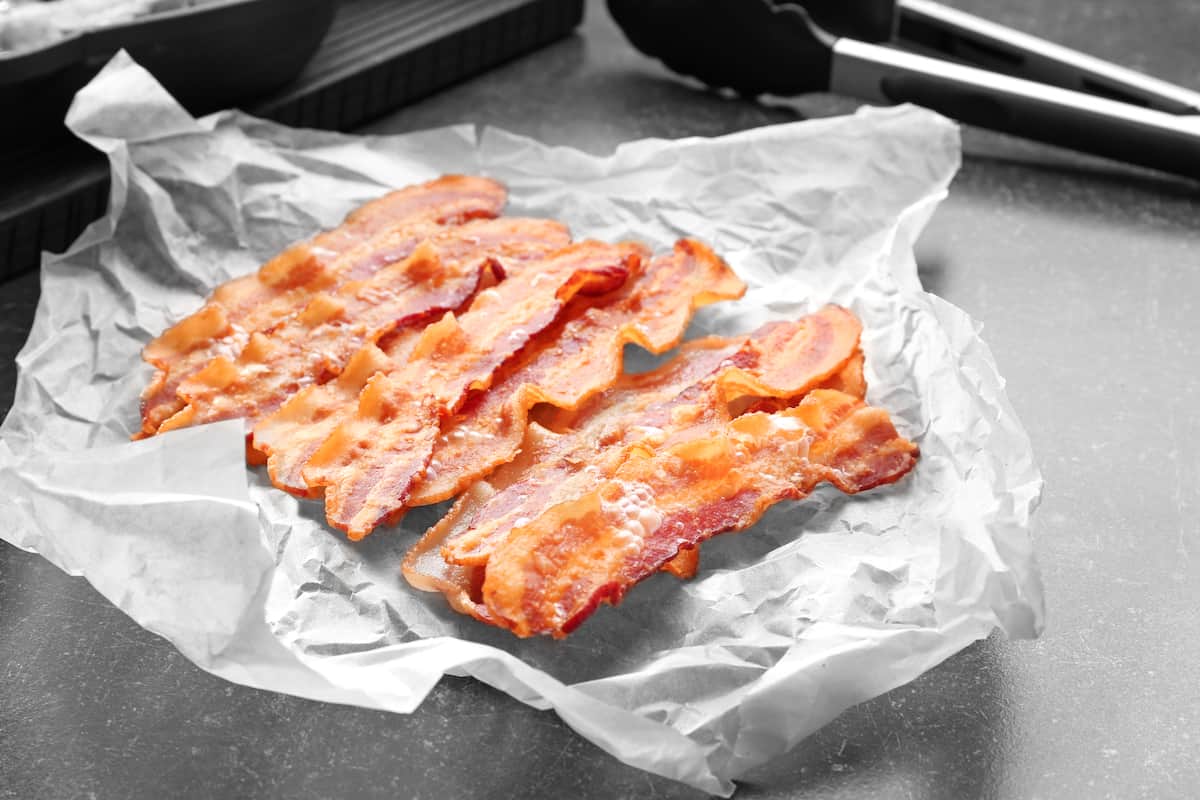
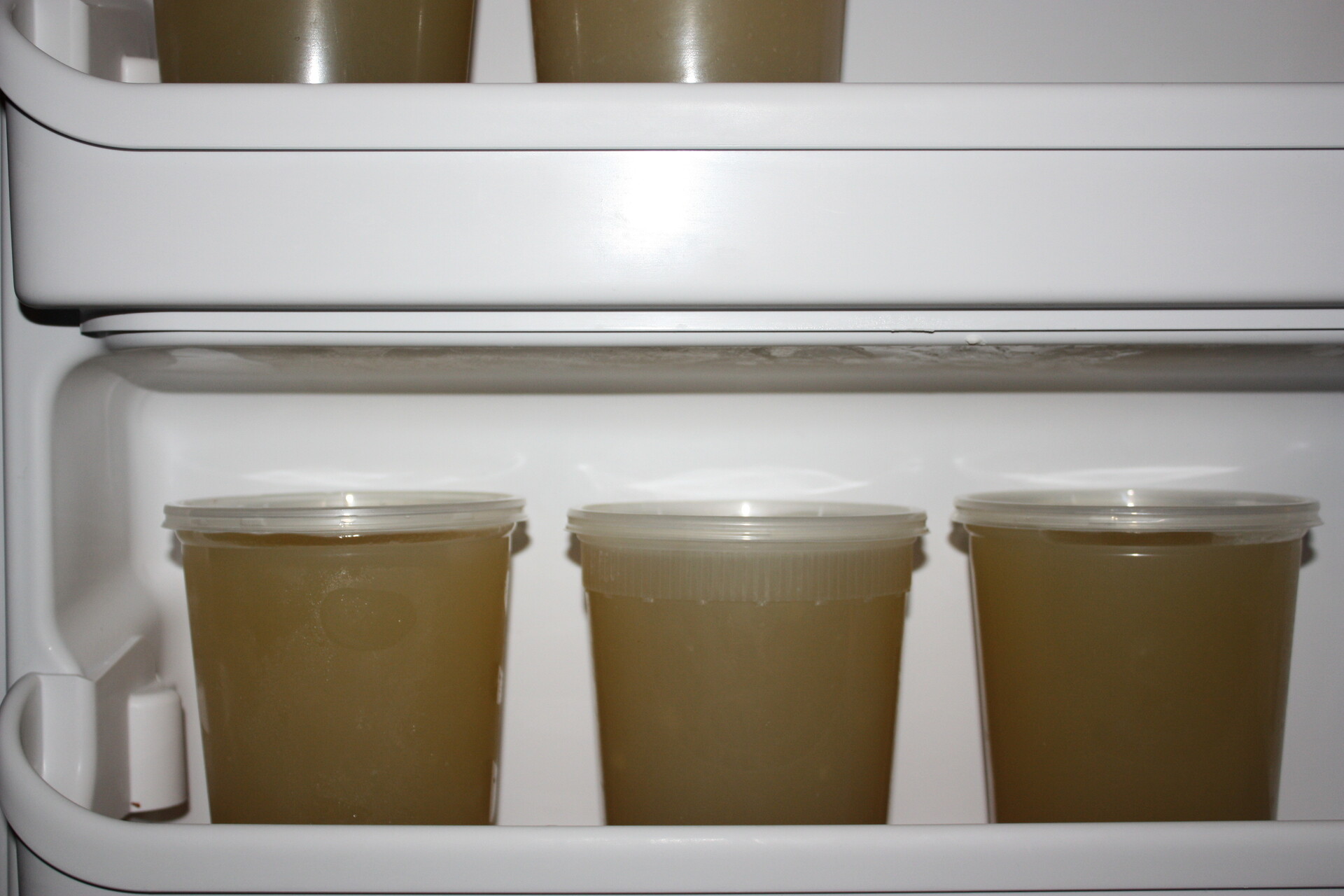

0 thoughts on “How To Store Cooked Bacon In Freezer”